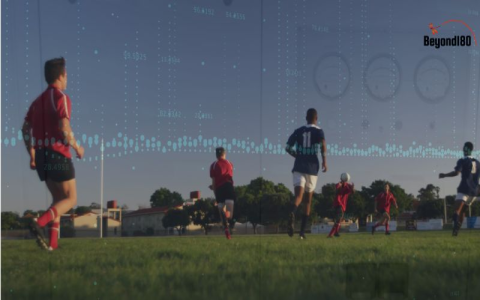From grassroots clubs to world-cup stadiums, the difference between victory and defeat is increasingly measured in milliseconds and millimeters. Rugby video analysis software has evolved from a grainy replay tool into a cloud-powered command center that dissects every ruck, maul, and missed tackle in real time. By stitching together multiple camera angles, GPS telemetry, and wearable data, modern platforms create a living digital twin of the match, letting coaches zoom from bird’s-eye tactical maps down to a prop’s foot placement at scrum engagement.
The latest generation leverages computer-vision models trained on tens of thousands of annotated tries. Within 30 seconds of a whistle, the system auto-tags line-breaks, offload chains, dominant tackles, and even subtle indicators like hip-height drops that precede hamstring injuries. Color-coded heat-maps update live on tablets, showing defenders’ speed differentials and attacking pods’ average gain-line success. Analysts no longer spend midnight hours clipping footage; instead they query the game in plain English—“Show me all third-phase plays where our 10 received slow ball behind the gain line”—and receive a curated playlist before the post-match huddle ends.
Cloud rendering means a U-15 academy session in rural Argentina can access the same 4K multi-angle breakdowns as the All Blacks, paying only for the minutes they upload. APIs push individualized clips straight to players’ phones, complete with voice-note feedback and augmented-reality arrows that overlay footwork lines on a kitchen-floor shadow-drill. Meanwhile, machine-learning anomaly detection flags collision events that exceed 15 g of peak force, automatically scheduling the athlete for an in-app cognitive test and notifying medical staff.
Privacy and ownership remain the sport’s new scrum battle. Firms are responding with encrypted blockchain ledgers that allow athletes to grant or revoke access to their biometric data, ensuring a 19-year-old winger isn’t priced out of a contract because an algorithm flagged a dormant meniscus issue. As women’s rugby and wheelchair variants explode in popularity, developers are retraining models on non-male gait mechanics and seated tackling geometries, proving that the code can adapt faster than the laws of the game.
Looking ahead, expect volumetric capture to turn every stadium into a giant motion-capture studio, letting coaches virtually step inside a phase play and rewind time to test “what-if” scenarios. The same clip that earns a try bonus on Saturday could diagnose a gait imbalance on Monday and sell an immersive fan experience on Tuesday. In a sport where the next hit is always seconds away, rugby video analysis software isn’t just reviewing the past—it’s scripting the future one frame at a time.







































